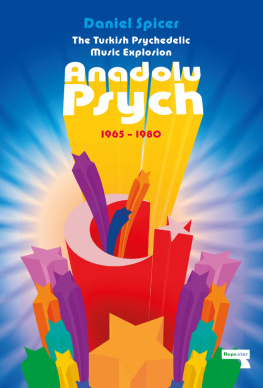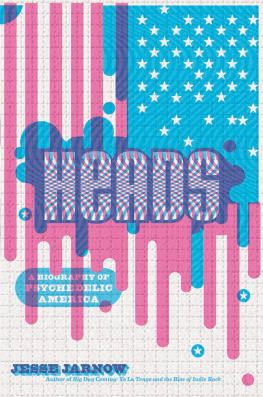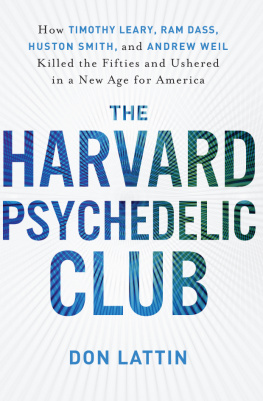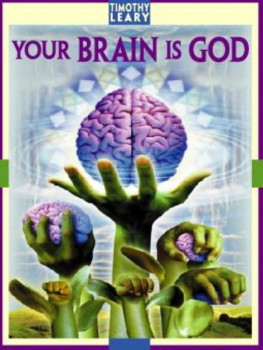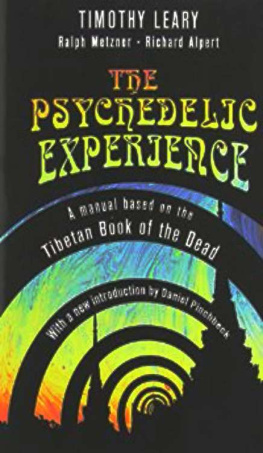DON LATTIN is one of the nations leading journalists covering alternative and mainstream religious movements and figures in America. His work has appeared in dozens of U.S. magazines and newspapers, including the San Francisco Chronicle, where he covered the religion beat for nearly two decades. Lattin has also worked as a consultant and commentator for Dateline, Primetime, Good Morning America, Nightline, Anderson Cooper 360, and PBSs Religion & Ethics NewsWeekly. He is the author of Jesus Freaks: A True Story of Murder and Madness on the Evangelical Edge, and Following Our Bliss: How the Spiritual Ideals of the Sixties Shape Our Lives Today, and is the coauthor of Shopping for Faith: American Religion in the New Millennium. Visit the author online at www.donlattin.com.
Visit www.AuthorTracker.com for exclusive information on your favorite HarperCollins author.
I t was not my idea alone to write this book. The project began one night in San Francisco over drinks with Mark Tauber, the publisher at HarperOne. We started talking about what I might do to help Huston Smith finish up his long-awaited autobiography. Then Mark had another idea. We continued talking, and you hold the result of that conversation in your hands.
In the introduction, I wrote about the synchronistic coming together of Leary, Alpert, Weil, and Smith. I have the same mysterious feeling about this book. I just told you that my publisher and I met over drinks. Thats true, but I was not drinking alcohol. Mark was very surprised at that development. You see, I was not known as someone whod turn down a free drinkfrom an editor, publisher, or anyone else. At the time, Id recently retired from an illustrious, four-decade-long career as a connoisseur of alcohol and other drugs. Use had turned into abuse. Ive had a long love/hate affair with drugs, and I hope I have not glorified them too much in this book. Thats why I decided to end this book with an acknowledgment of my misadventures with alcohol and other dangerous drugs. So, there you go, dear reader: bottoms up and/or beware.
When I met that night with Mark Tauber, I had just begun a course at the Graduate Theological Union on the psychology of religious conversion, courtesy of a little grant from the Religion Newswriters Association and the Lilly Scholarships in Religion for Journalists. Professor Lewis Rambo had asked his students to begin by writing a personal conversion narrative. I choose to write about my early experiences with LSD, and I had just started working on that piece of writing when Tauber suggested this book.
Many other people helped me put this work together. They include all those sources who agreed to interviews, but especially Ram Dass, Huston Smith, and Andrew Weil. I would also like to thank Eric Brandt, my editor at HarperOne; Mickey Maudlin, the editorial director at the publishing house; copy editor Carl Walesa and production editor Carolyn Holland. They, along with Amy Rennert, my literary agent, looked over early drafts of the manuscript and made helpful suggestions. The Nieman Foundation for Journalism graciously invited me to a conference that provided a chance to spend some time in Cambridge and conduct a series of interviews at Harvard University and in its environs.
This book would not have been possible without the help of many other people in my supportive circle of family and friends, all of whom have accompanied me on various legs of the long, strange trip. They include my wife, Laura Thomas, along with Janis Crum, Steve Fields, Kevin Griffin, David and Cindy Hoffman, Terry Kupers, Patrick ONeil, Steve Proctor, Paul and Cheryl Daniels-Shohan, Michael Taylor, Burt Weaver, and the late Maitland Sandy Zane.
T his book was not about me, yet I owe it to the readerand perhaps myselfto end with a personal story, one that helps explain why I spent two years of my life chronicling four other peoples lives.
It happened at the end of that era weve come to call the sixties. Julia and I were starting our first year of studies at the University of California at Berkeley. Wed just met, fallen in love, and decided it would be extremely far-out to drive down to Big Sur, drop some acid, and spend the weekend camping on the central California coast. We threw two sleeping bags and ourselves into my red 1965 Mustang, which had a white vinyl roof and two McGovern bumper stickers plastered across the rear window. We arrived sometime in the midafternoon, pulled off Highway One, and parked the car under a small stand of Monterey pines. We looked at each other, smiled, and carefully laid two tiny pieces of LSD-infused blotter paper onto our tongues.
We had just enough time to wander through a maze of scratchy manzanita and down to a stand of whimsical sandstone formations sculpted atop a windswept cliff. There were the usual early warning signs as we started coming onto the acida queasy stomach and that uneasy feeling that accompanies the first tugs on the existential anchor. That feeling passed quickly. There was that familiar shift in pattern recognition that often comes with the psychedelic experience, when you suddenly notice the wonderful symmetry of nature and interconnectedness of things that once seemed separate. Colors get brighter; the air seems fresher and more alive. We stopped on a bluff high above the crashing waves and swirling tide pools, where we soon found ourselves too stoned to stand up. We dropped to our knees like we were no longer separate beings, and then rolled over on our sides, unconcerned that we were just a few feet from the edge of the cliff.
We started to melt together. Id curled up into a fetal position. Julia was tall and thin, more or less equaling my six-foot frame, so she could easily wrap her arms and legs around my torso. At first, it felt like I was inside of her, like an unborn child. Then I was born again. Then we merged together like we were one beingphysically, emotionally, intellectually, and spiritually. All we saw was white light, but we somehow continued communicating with each other. Not with words, but through some other means of communion. Time stopped, or at least it slowed down to a glacial pace. Such a feeling of, of, um... suchness.
Neither of us had a watch, but at some point we opened our eyes and saw a glorious sun setting over a dark, crimson sea. Clouds of varying shades of gray, black, glowing white, and flaming purple filled the sky. They seemed to take the form of giant, flowing letters of fire that didnt really spell anything but communicated a message beyond words.
Yes!!!!
Four hours passed like an instant, or perhaps an eternity, and then it started to rain. We had planned to just toss our sleeping bags under the trees down the hill from Highway One, but suddenly the thought of a warm room, a hot shower, and the clean white sheets of a queen-sized bed was irresistible. We drove back up Highway One and took a road east to Salinas. Along the way we told each other what we could about what had just happened. I started telling Julia things about her family and her past that I had no way of knowing. She returned the miracle. At the same time, the intense effects of the acid had passed. I was perfectly capable of drivingeven in the pouring rain on a dark, curving coastal highwayalthough it did seem a bit like the car was on automatic pilot.
One strange and wonderful aftereffect persisted into normal consciousness. Somewhere near Salinas, somewhere east of Eden, I slipped my arm around Julia and pulled her toward me. Our skin was no longer a boundary of our separate selves. We melted together every time we touched. That ecstatic feeling continued through that wondrous night. The melting-together feeling continued into the next day, when we felt absolutely sober and straight except when we touched. Back in Berkeley, that feelingphysical and sexual but at the same time spiritualof melting together every time we touched continued for days, then weeks. There was absolutely no doubt in my eighteen-year-old heart and soul that Julia and I would be together for the rest of our lives. So

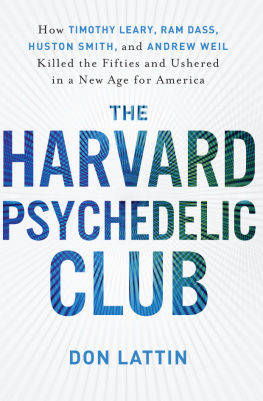


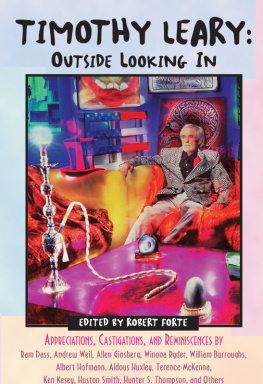
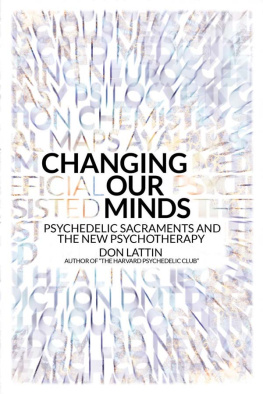
![Robert Greenfield - Timothy Leary: A Biography [excerpts]](/uploads/posts/book/113331/thumbs/robert-greenfield-timothy-leary-a-biography.jpg)
